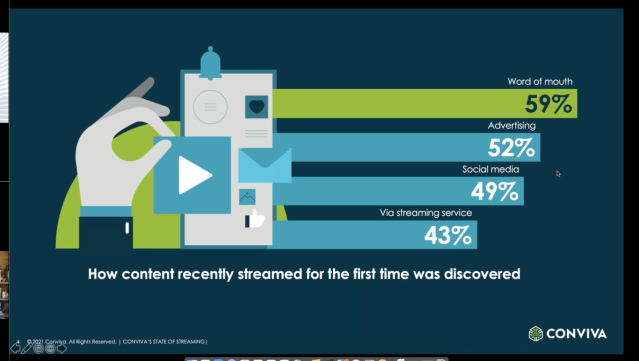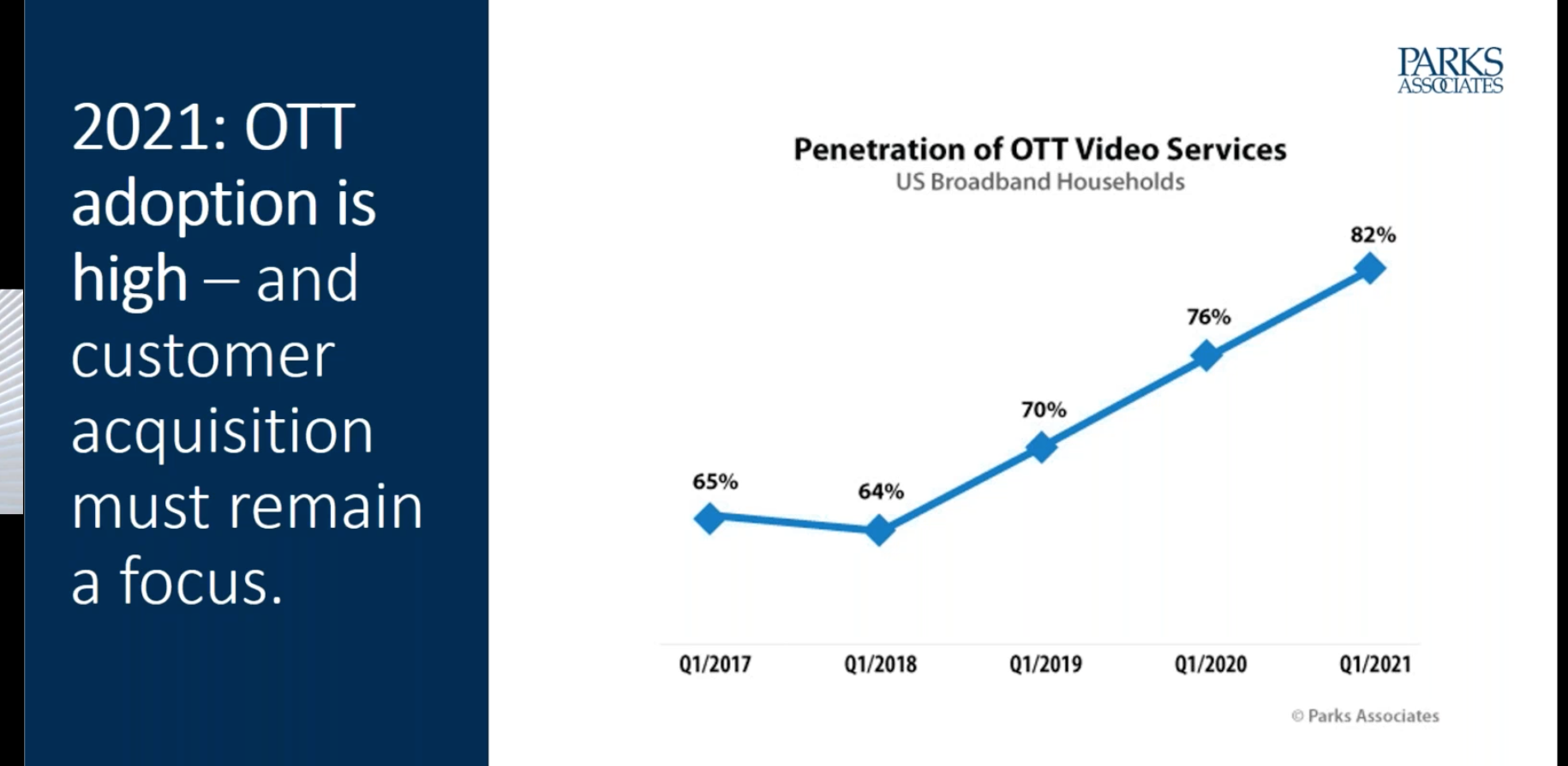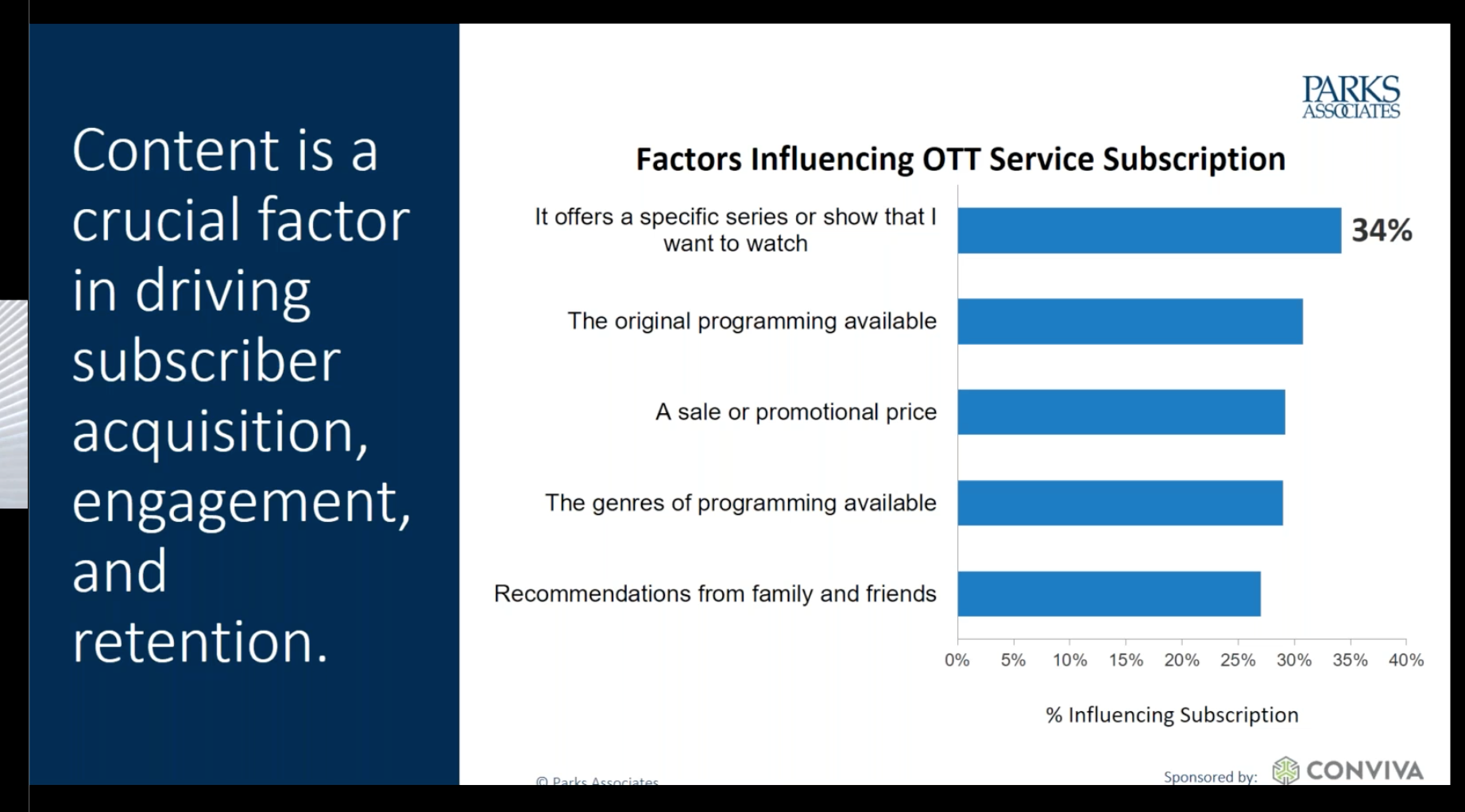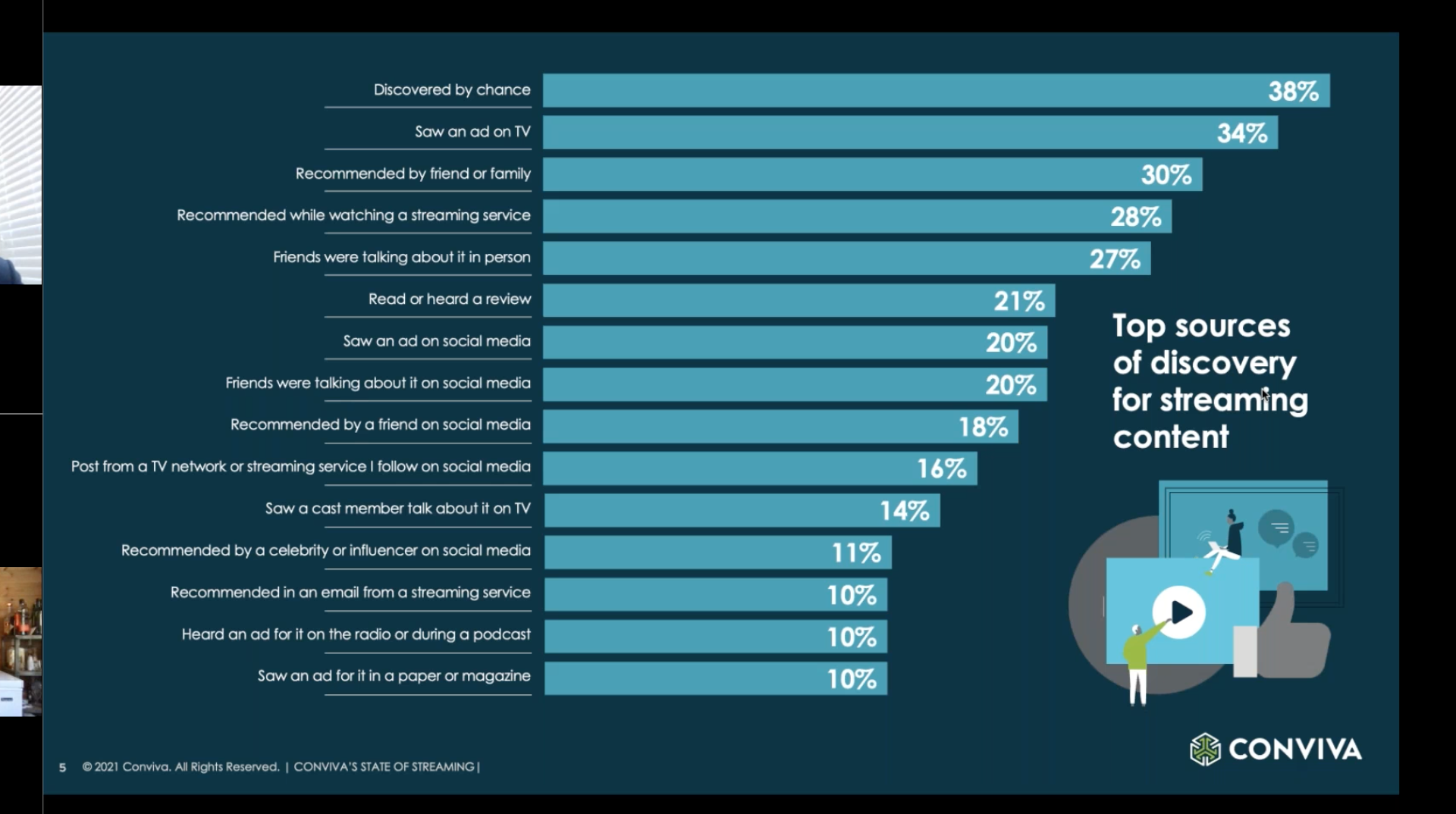
Viewers have almost every type of content at their fingertips, with a total of more than 3,000 streaming services to choose from. With all that choice, what does it take to attract — and retain viewers?
Having a great product, a smash hit of must-view content, is just the start, as it turns out. You’ll need great search-and-discover functions. You’ll need extra advertising and marketing campaigns to give your programming a boost above that sea of competition.
EXPLORING ARTIFICIAL INTELLIGENCE:
With nearly half of all media and media tech companies incorporating Artificial Intelligence into their operations or product lines, AI and machine learning tools are rapidly transforming content creation, delivery and consumption. Find out what you need to know with these essential insights curated from the NAB Amplify archives:
- This Will Be Your 2032: Quantum Sensors, AI With Feeling, and Life Beyond Glass
- Learn How Data, AI and Automation Will Shape Your Future
- Where Are We With AI and ML in M&E?
- How Creativity and Data Are a Match Made in Hollywood/Heaven
- How to Process the Difference Between AI and Machine Learning
And to get there, you’ll need data. Lots of data.
But how are viewers really finding their shows? Where did you first hear about Squid Game? Nick Cicero, vice president of strategy for Conviva, a viewer data service giving clients deep, granular data from literally trillions of data points recorded every day across the globe, says it was probably by word-of-mouth, or over social media, or in a search in a streaming service — not from a traditional ad.

That’s an example of how world-of-mouth is still a prime driver to get the most prized users — the early adopters, the influencers. And that’s the crux of the data-human connection.
“How do we also lean into our heaviest viewers to be able to tap into their sense of wanting to share that content, be the first to tell their friends about a cool show?” Cicero said.

He made the comments during a recent webinar, The Role of Content Discovery in OTT, produced by market researcher Parks Associates.
Some 82% of broadband users subscribe to at least one streaming service, Cicero noted — that’s more than subscribe to regular old subscription TV.

Nearly half of those households — 46% — subscribed to four or more services in the first quarter of 2021, double from a year earlier.
So, Cicero said, outside of the top couple of streamers in the world, everyone else is fighting for those finicky viewers.
“You really need to work hard to make sure that your brand is either fulfilling a niche… for somebody who’s really interested in a certain type of content, or you need to figure out a really great advertising and marketing strategy, to have a constant acquisition strategy,” he said. “It’s really about product marketing and advertising strategies all aligning today… to make sure whether a viewer opens a laptop or opens a mobile phone, or sits down on their couch and starts turning on the big screen, that your content is gonna be top of the line.”

It also means giving the viewer the best possible experience, finding out what’s causing system failures or rebuffering, and more.
The real gamechanger, he said, is data — the kind Conviva produces — and the artificial intelligence to make it work.
AI, he said, can “look at relationships in the data in a much faster way than humans, to deliver better content, and understand small nuances that the human eye and brain may not pick up.”
Cicero explains more about Conviva’s streaming measurement in the video below:
READ MORE: Conviva’s Nick Cicero Explains Streaming Measurement (TV Rev)




